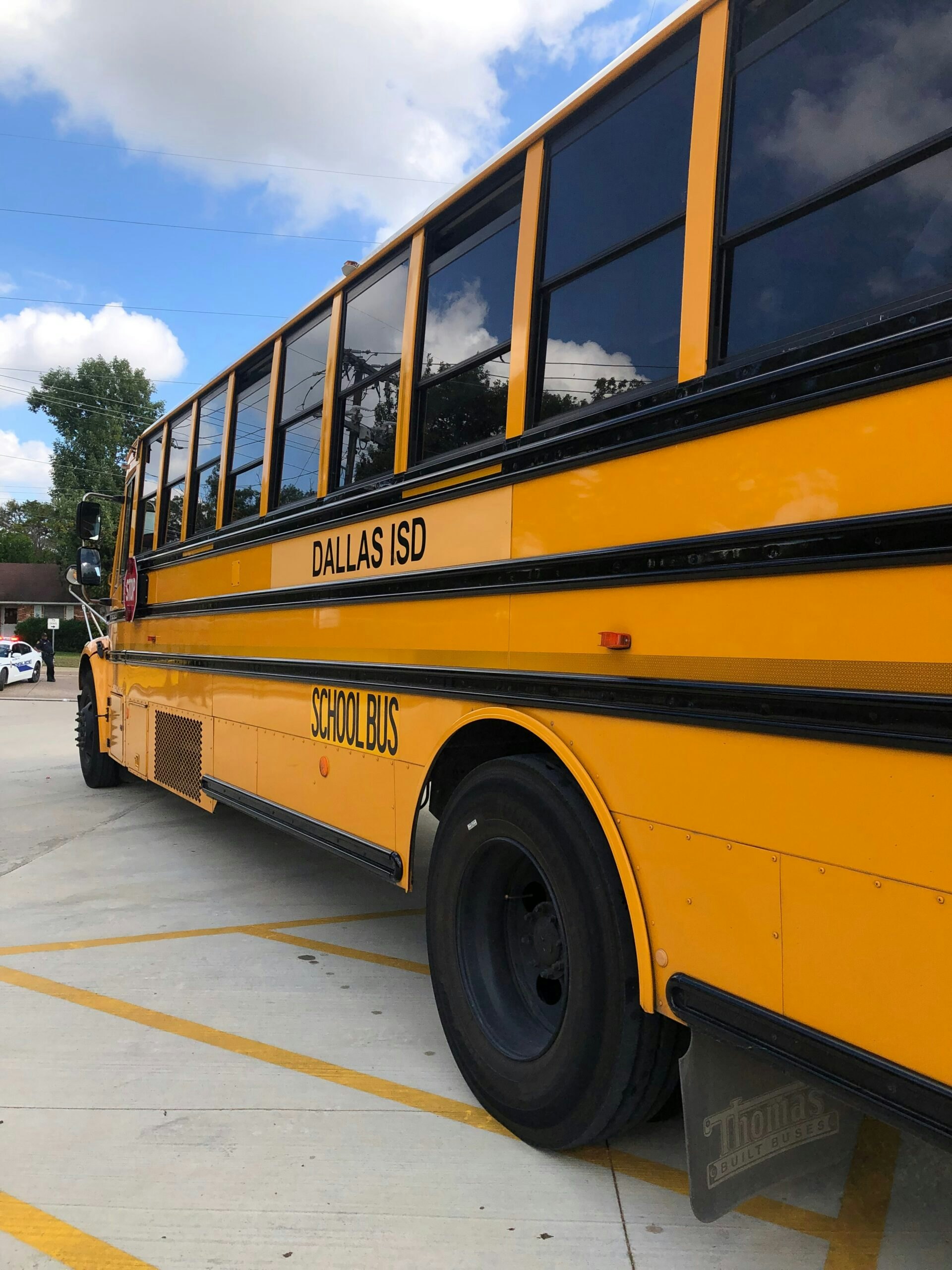Immigration laws that admit more immigrants based on their skills, education, and work experience will get workers into open jobs and strengthen our economy.
America’s current immigration policy is unusual among nations with well-developed economies in that the United States still admits most of its immigrants based on family relationships. It is time to overhaul this archaic system.
Immigration laws that admit more immigrants based on their skills, education, and work experience will get workers into open jobs and strengthen our economy. Large, efficient temporary worker visa programs can bolster American businesses by infusing our economy with talent in the short term.
Reorienting our immigration policy to focus more on the economy does not need to eliminate family reunification as a component of our immigration system. There are clear benefits when immigrants can sponsor their family members, and immigration reform should account for that.
Restructuring immigration to focus more on employment and skills will necessarily require other changes to make the system more functional overall, such as raising or eliminating per country caps, expanding the number of green cards available every year, and allowing more temporary worker visa holders to apply for adjustment of status.
The Economics of Immigration
Immigration is an important element of a pro-growth economic policy. As Pia Orrenius of the Dallas Federal Reserve Bank points out in The Catalyst: A Journal of Ideas from the Bush Institute, “immigration fuels the economy.”
Other economists agree with her, and reports such as Madeline Zavodny’s Immigration and American Jobs and Giovanni Peri’s The Effective of Immigration on Productivity: Evidence from U.S. States are important to understanding why an overhaul of the legal immigration system is needed.
There are similar findings from government offices and think tanks analyzing immigration reform proposals. In 2013, the Congressional Budget Office found that the Senate’s bipartisan “Gang of Eight” legislation, which would have increased immigration levels and provided a legal pathway for the undocumented, among other provisions, would have boosted economic output more than 5% over 20 years. Similarly, an American Action Forum analysis of immigration reform that expands legal immigration would raise the pace of economic growth, decrease the budget deficit by nearly $3 trillion over 10 years, and increase per capita income by $1,700 over 10 years.
Immigrants help keep up birthrates, ensuring that we can maintain a sizeable workforce. They are younger than the average age of native-born Americans, injecting youth into today’s labor force. They fill important jobs in our economy at all levels: construction, agriculture, health care, technology, and service industries.
They start businesses at twice the rate of native-born Americans, maintaining a vital engine of job growth in the United States. They are innovative, applying for and receiving more patents than native-born Americans.
On nearly every measure, immigrants make our economy and country stronger.
Current Immigration Policy Shortchanges the Economy
Our current immigration system was not built with our economy in mind. The Immigration and Nationality Act of 1965 made sweeping changes to U.S. immigration in an effort to make it more equitable. Strict quotas on immigrants from certain countries were eliminated. The system favored immigrants who already had family relationships in the United States.
This system is outdated and suboptimal for economic growth.
The United States competes with other nations for talented workers from across the globe. While we have been the No. 1 destination of migrants worldwide for many years, our outdated immigration system puts us at risk of losing the world’s best talent to nations like Canada. We can remain competitive for this talent, however, by undertaking fundamental reforms to make our immigration system work better for the United States and for immigrants.
Reforms to green cards and temporary worker visas would go a long way toward making our immigration system more competitive on the world stage.
Each of these reforms individually could make our immigration system more pro-growth. Together, they lay the foundation for turning immigration policy into an important tool for economic growth. While it will be tempting to make reforms on the margins, Congress should keep in mind as it debates immigration reform proposals that a fundamental overhaul of the entire system is necessary and overdue.
Green Card Reforms
Congress should prioritize the simplest reform by increasing the overall numbers of green cards awarded each year — a straightforward change that will expand the labor force, increase demand for goods and services, and keep our workforce vibrant. It will stimulate economic growth regardless of whether those admitted are employment-based or family-sponsored. However, to maximize the benefits to the American economy, particularly American employers, we should target the increases to employment-based green cards. This is more likely to get qualified workers into open jobs than just increasing family-based green cards.
Almost three-quarters of the green cards awarded each year go to immigrants sponsored by a family member in the United States: Only 7% go to immigrants with a job offer. The government counts these family members in the employment-based green card categories rather than the family categories. This eats up the limited green cards available for immigrant workers, hindering U.S. employers from filling jobs that Americans are unwilling to work.
Further, the per-country caps on each green card category so severely limit the number of green cards awarded per country per year that skilled immigrants from countries that send a lot of migrants to the United States, like India, are forced to wait in decades long lines. Some of these potential immigrants will give up and seek to migrate to another country with a more efficient and welcoming immigration system. Seeing that the U.S. immigration system has been unwelcoming to immigrant workers, Canadian firms are gleefully welcoming immigrants.
The backlogs that result from the per-country caps hurt our global competitiveness.
The types of skills and employment favored by green cards could also use some reform. Under current law, only 10,000 green cards are available each year to immigrants without a bachelor’s degree. This number is far too low. The United States needs workers at all skill levels to fill open jobs in the economy. Industries requiring workers at these skill levels should not arbitrarily be denied the opportunity to hire an immigrant because the law does not provide enough green cards.
Additional green cards for immigrants without bachelor’s degrees would also help alleviate pressure on the immigration system. One of the reasons we have unauthorized immigration is the lack of legal immigration channels, which is explored in a recent Bush Institute – SMU Economic Growth Initiative report. For workers at this skill level who seek employment in the United States and do not have a relative who can sponsor them, the chances of a legal migration path are small. Congress can pass legislation expanding the number of green cards available to these workers and reduce the pressure to migrate unlawfully at the same time.
Temporary worker visa reforms
Our temporary worker visa programs don’t work for either U.S. employers or the temporary foreign workers. In theory, the visa program is a useful tool that allows employers to find foreign workers to fill open jobs in times of economic expansion. The visas allow the United States to benefit from the talents of these workers, and they do not require the workers to permanently immigrate here, giving both employers and workers flexibility.
In reality, the H-1B for highly skilled workers and the H-2B for lower skilled nonagricultural workers hamstring American businesses. The programs are capped by law, preventing businesses from meeting their labor force needs. Congress can pass legislation to either remove the caps entirely, raise them significantly, or make them adjustable based on market conditions.
Like the green card expansion for workers without a bachelor’s degree, augmenting temporary worker visa numbers, particularly for visas like the H-2B, could help alleviate the pressure to unlawfully migrate because additional, more accessible paths to work in the United States would exist.
Perhaps one of the most important reforms that Congress should pass is to tie temporary worker visas to the workers rather than the employers. Currently, the H-1B, H-2A agricultural worker visa, and H-2B visa are all obtained by workers through their employers. Workers must obtain a job offer in the United States before they can receive these visas. This is an inefficient system that unnecessarily limits the effectiveness of these visa programs in encouraging lawful migration. It also exposes workers to abuse by stripping them of the only real leverage they have with employers — the ability to leave an employer for better pay, hours, or working conditions.
These visa programs also need to be more workable for employers. Particularly for small-and medium- sized enterprises, these visa programs are complicated, expensive, and unworkable. Unwieldy programs unnecessarily shut out these small business owners from a potential important source of workers, blocking these important engines of job creation from the talent they need to thrive.
Temporary Visas, Adjustment of Status, and Green Card Backlogs
Temporary worker visa issues and green card backlogs collide when H-1B visa holders try to apply to adjust their status to an employment-based green card. This issue is the perfect illustration of the dysfunctional immigration system currently in place.
Highly skilled temporary workers on H-1B visas may, with sponsorship from their employers, adjust their status and receive a green card. This is a benefit not available to temporary workers in other, less-skilled categories. But due to per-country caps, low numbers of employment-based visas available per year, and high demand from some countries, this process is far from smooth.
H-1B visa holders seeking green cards can remain in the pipeline indefinitely, but their spouses, who are on H-4 visas, cannot work. Their children may obtain green cards through them, but many will age out of the immigration system and be forced to return to their home countries or become undocumented.
Workers like this face a stark choice: Stay in line and hope that you receive a green card before your children grow up or try your luck in another country. For many, Canada is the better alternative. In Canada, these same workers will be able to apply for Canadian citizenship within two years of their arrival. While they wait, their spouses will be able to obtain work authorization. And because the time between arrival and naturalization is so short, they do not have to fear that their kids will be left behind by the immigration system.
Congress can pass reforms that fix some of these problems, too. In addition to the items listed above, it can reform the H-4 visa to provide work authorization for spouses. It can ensure that a child that arrives legally with her parents is protected and can still receive a green card if her family is still in line when she reaches adulthood. These are minor changes that will have a big impact on our immigration system and can help us compete for foreign talent.
Family Reunification
While the Bush Institute would prefer an immigration system that is more geared toward economic growth than its current iteration, we also realize that family reunification has benefits. The Center for Migration Studies outlined these benefits in a 2017 report, U.S. Immigration Policy and the Case for Family Unity.
This report makes a strong case for the economic and noneconomic benefits of family-based immigration. The noneconomic benefits are difficult to quantify but easy to comprehend. Immigrants with family in the United States have a built-in support system for everything from housing to childcare to unpaid household help. These are significant benefits for recent immigrants, who do not qualify for federal entitlement benefit programs for at least five years after they arrive in the United States. These immigrants must work to provide for their families, and their families are a big part of their safety net. Their family members are also an important component of their successful integration into American culture and customs.
Family-based immigrants do not arrive in the United States with a job offer in hand, unlike employment-based migrants. But this also means they are not bound to an employer and may seek a job on the market. This also gives them the freedom to start new businesses, contributing to immigrants’ relatively high rates of small business formation in the United States. Entrepreneurship is an important part of a vibrant economy, and we need immigrants who are willing to start businesses to maintain strong economic growth. In fact, immigrants start new businesses at almost twice the rate of native-born Americans.
Employment-based migration is preferable from an economic growth standpoint. But family-based migration has important and hard-to-quantify benefits, too. Policymakers would do well to keep those benefits in mind as they consider immigration reform proposals.
Conclusion
It is abundantly clear that for immigration policy to be part of a pro-growth strategy, many policy changes must occur. As Congress debates immigration reform legislation, it should keep the economy in mind. The recommendations in this paper are a good start to reshaping the system with growth and competitiveness in mind.




























